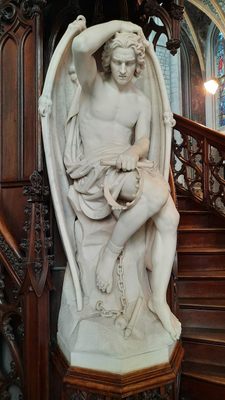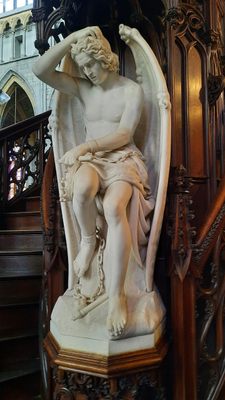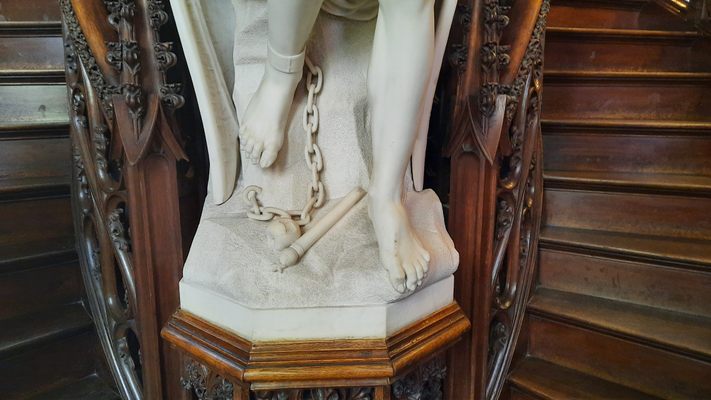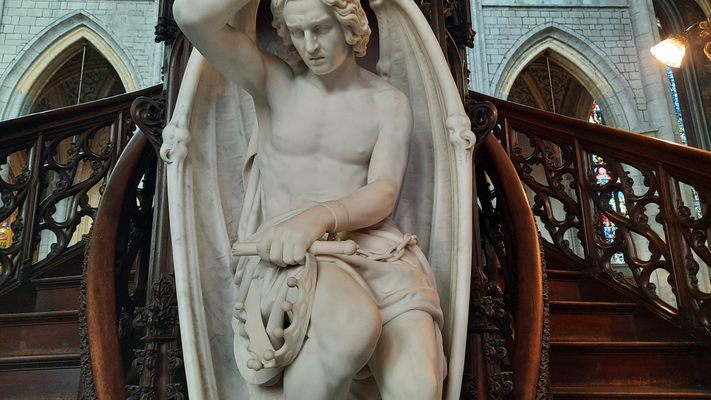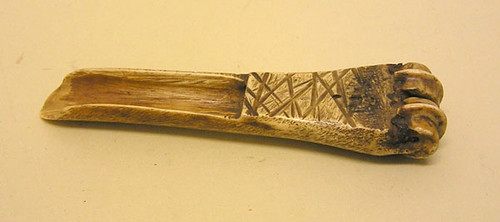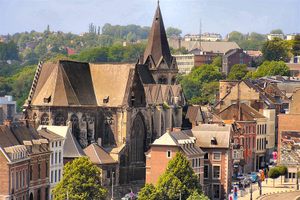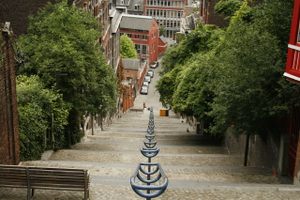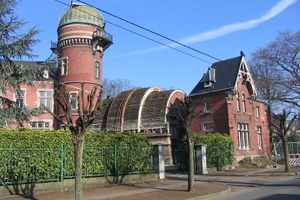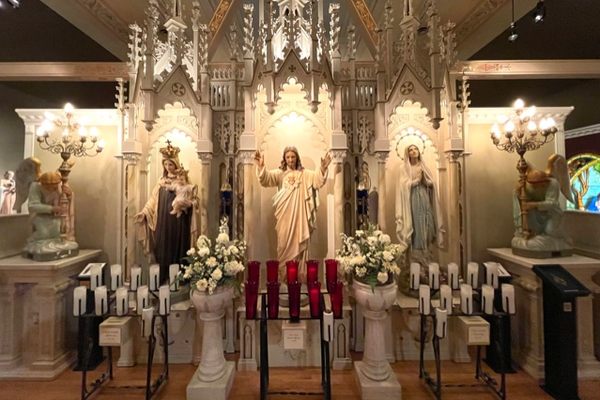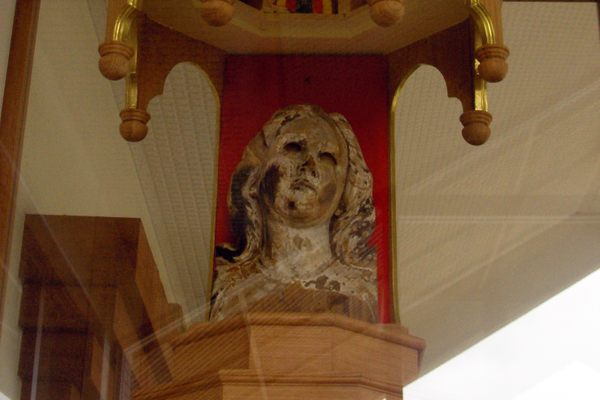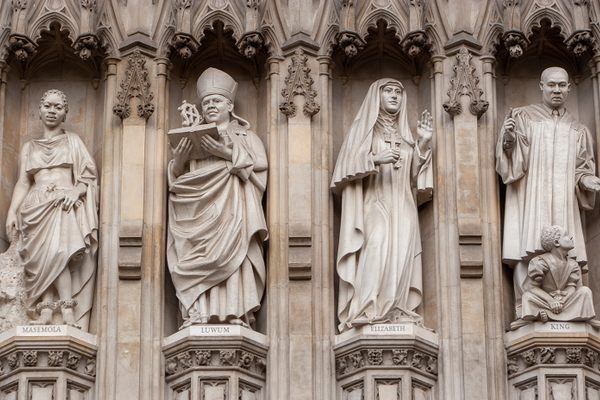About
The original structure of St. Paul Cathédrale de Liège goes back to the 10th century, but it’s been built over a few times, and today it is mostly comprised of 13th and 15th century architecture. In the midst of this Gothic marvel, filled with works of religious art, sits a stunning statue of the fallen angel Lucifer embedded in the niche of the pulpit stairs.
Know in English as the "Lucifer of Liège," its actual title is "Le génie du mal"—"The Genius of Evil." It was carved by Belgian sculptur Guillaume Geefs in 1848, and it depicts a tortured yet beautiful young man. As idealized as his image is, he is actually a replacement of another Lucifer carved by Guillaume’s younger brother Joseph a few years prior. Joseph’s sculpture, "L'ange du mal" (or "The Angel of Evil"), was installed in the Cathedral in 1842, but church officials thought that his depiction was too beautiful and a bad influence on the church youth, so his big brother Guillaume was commissioned to come up with a replacement statue that wasn’t so … distracting.
It might be easy to mistake the Lucifer of Liège for one of the saints that ring the front of the pulpit, where Peter, Paul, Hubert, and Lambert reside. But the details reveal his true identity—the curved walls at his sides are bat wings, the apple at his feet has been bitten, his chained toes are sharp like claws, and small yet tell-tale horns emerge from beneath his hair.
Related Tags
Know Before You Go
Liège is about 60 miles east of Brussels in the French speaking part of Belgium, not far from the borders with Germany and the Netherlands. The Cathedral of St. Paul is in the center of the city, a few blocks from the Meuse River.See website for full schedule of events and services.When you get inside, you'll find Lucifer underneath the two staircases at the back of the pulpit.
Published
March 16, 2016










